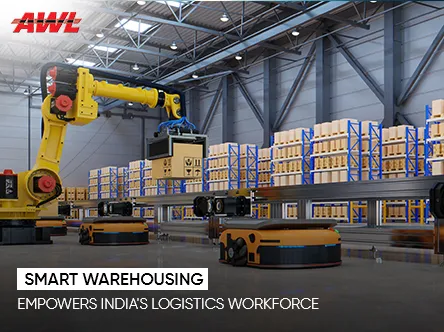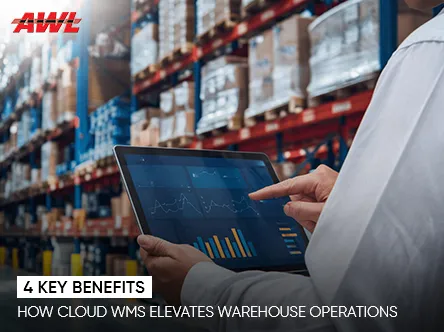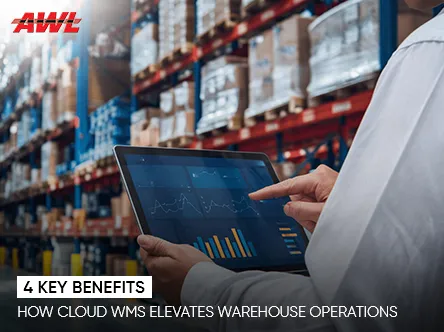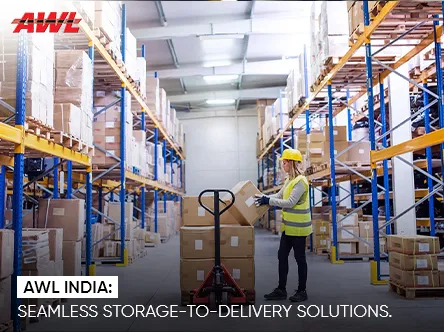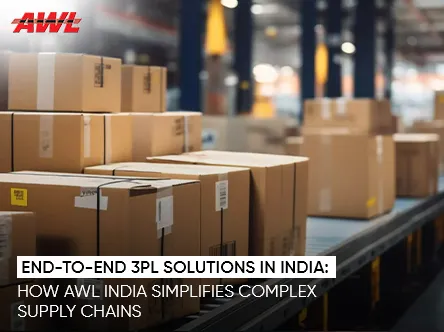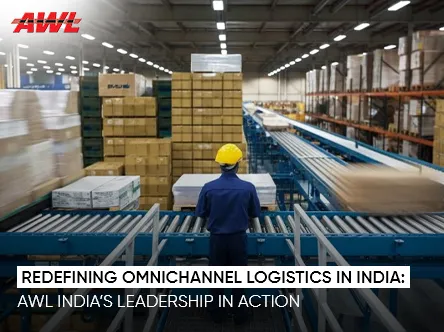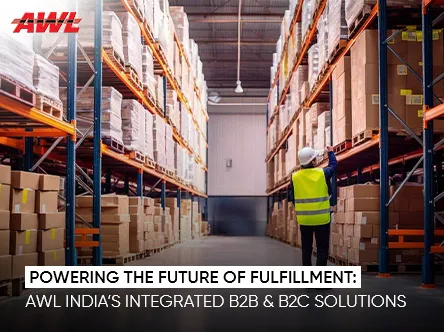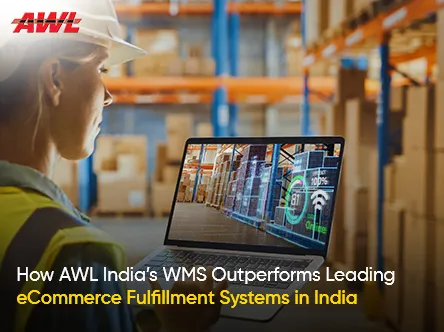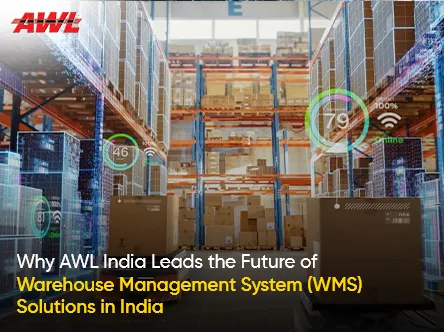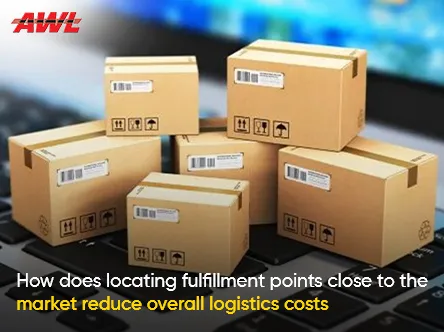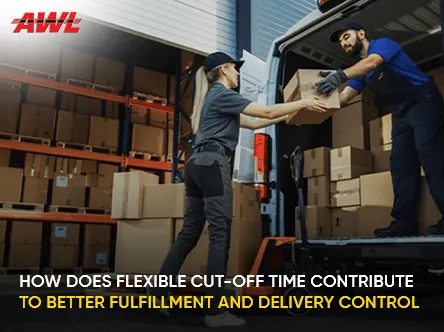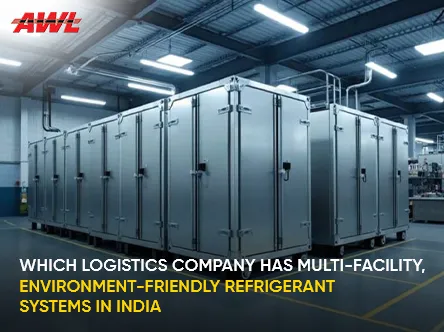Flexible cut-off time refers to the ability of a logistics provider to adjust or extend the latest order-processing time based on real-time operations, demand, or capacity. Instead of sticking to a fixed deadline, logistics partners like AWL India Pvt. Ltd. allow flexibility so more orders can be processed within the same day — ensuring faster and more reliable deliveries.
How Does Flexible Cut-Off Time Contribute to Better Fulfilment and Delivery Control?

Introduction
Flexible cut-off times play a vital role in achieving better fulfilment and delivery control by allowing logistics companies to adapt operations based on real-time demand, inventory flow, and transportation availability. In simple terms, a flexible cut-off time gives businesses the freedom to extend or adjust order-processing deadlines — meaning more orders can be fulfilled within the same day, fewer delays occur, and customers receive faster, more reliable deliveries.
At AWL India Pvt. Ltd., this flexibility is built into every layer of the supply chain. By combining advanced automation, real-time tracking systems, and a wide fulfilment network, AWL India ensures that clients can process orders beyond traditional time limits without compromising accuracy or service quality. The result? Optimized warehouse productivity, reduced last-mile costs, and improved delivery precision — all of which strengthen customer satisfaction and brand reliability.
In this blog, we’ll explore how flexible cut-off times influence fulfilment performance, the challenges of rigid scheduling, and why AWL India stands out as a logistics partner capable of redefining delivery control for modern businesses.
Table of Contents
- Introduction
- Why does cut-off time matter for fulfilment and delivery?
- How does flexible cut-off time improve fulfilment operations?
- How does it enhance delivery control and customer satisfaction?
- What role does AWL India Pvt Ltd play in making this happen?
- Real-world implications: cost, speed, reliability.
- Conclusion
Why does cut-off time matter for fulfilment and delivery?
Because the cut-off time effectively dictates how quickly an order placed by a customer can move through the pipeline—from order capture → picking → packing → dispatch → delivery. If the cut-off is early, fewer orders may qualify for same-day or next-day fulfilment; if it’s late, operations may be under stress and risk failures.
Research shows that setting a cut-off time is a fundamental lever in deadline-oriented fulfilment operations. A recent paper found that warehouses using cut-off-based shipment promises — i.e., orders before a certain time ship same-day, after that next-day — improve system performance markedly.
Another article points out that misjudging cut-off times leads to many delays: “72% of logistics delays are caused by companies misjudging the time limits of key nodes” in one logistic chain.
Hence, cut-off time influences:
- service level (orders fulfilled on time)
- customer satisfaction
- cost containment (overtime, expedited shipping).
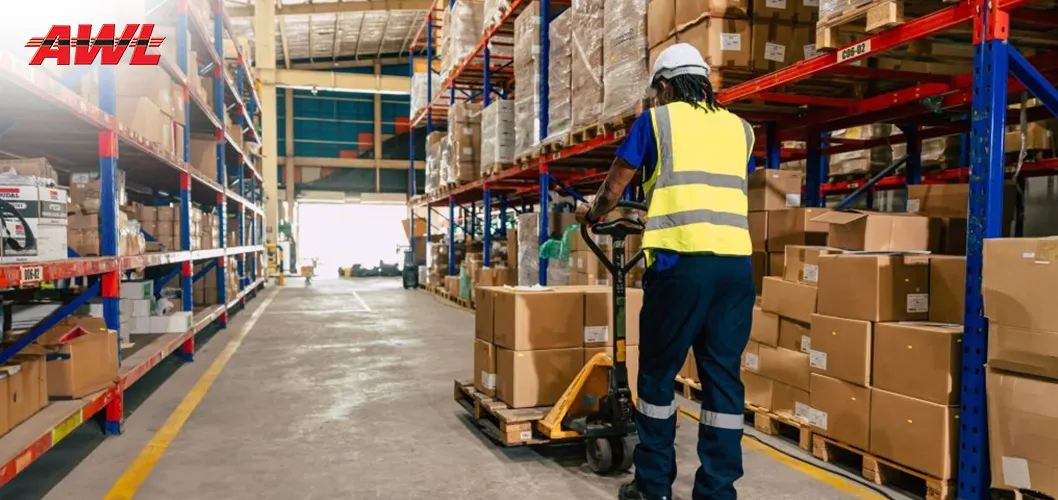
How does flexible cut-off time improve fulfilment operations?
“Flexible cut-off time” means having the ability to adjust, extend or tailor the cut-off time based on dynamic operational realities, inventory locations, order profiles, transportation options, and customer preferences. Here is how it benefits fulfilment:
- Better alignment with real-time capacity
When you allow cut-off times to flex (for example, extend later in the day when pick/pack resources are freed up), you increase the number of orders shipped in the current cycle. The warehouse modelling shows that a later cut-off generally improves service level, provided operations are stable. - Optimised inventory and picking
With a flexible cut-off, you can better plan the wave release of orders, backlog management and even postpone the commitment to shipment if needed. That gives you a smoother flow of operations, avoiding peaks and troughs in labour and equipment utilisation. - Enhanced customer promise capability
If you can run multiple cut-off thresholds (for example, an “extended cut-off” for premium customers or dedicated SKU-zones), you can offer differentiated fulfilment promises (same-day, next-day) without over-committing the standard operations. - Reduced risk of miss-shipments or back-orders
When the cut-off is rigid and operations are overloaded, backorders accumulate. But with flexibility, you can ensure that orders entering just before dispatch still meet the handover timeline, thus improving reliability. The research supports this: implementing a cut-off-based shipment significantly improves service level (on-time percentage) compared to a policy without a cut-off.
In short, flexible cut-off gives fulfilment teams breathing space, the ability to respond to variability, and deliver more effectively.
How does it enhance delivery control and customer satisfaction?
Delivery control implies being able to monitor, influence and meet the promised delivery window. Flexible cut-off time plays into that:
- Shorter lead times
By enabling orders later in the day to be processed for same-day or next-day dispatch, you reduce total transit time for customers. For example, when the cut-off is extended, more orders qualify for premium fulfilment. According to a blog on same-day delivery best practices, reducing lead times requires technology and decentralised fulfilment centres. - Improved delivery reliability
Because flexibility in cut-off lets you adapt to day-to-day operational realities (delays, capacity constraints, inventory issues), you minimise the risk of orders failing to meet promised deadlines. That means fewer customer complaints, fewer expedited reworks, better reputation. - Competitive differentiation
In markets where fulfilment speed and choice are major competitive levers, offering a later or more flexible cut-off becomes a differentiator. Customers choosing your brand or platform know that even if they order later, you’ll still deliver as promised. - Cost-efficiency and less emergency handling
From the business side, controlling delivery means less need for last-minute rush shipping, fewer exceptions, and less premium freight. Extending the cut-off intelligently avoids the typical “rush hour” of orders and associated cost spikes. Blogs on cut-off extension show how route planning, dispatch optimisation and integrated software make it possible.
Therefore, flexible cut-off time is not just an internal operations lever — it directly maps to improved delivery control and better customer outcomes.

What role does AWL India Pvt Ltd play in making this happen?
This is where AWL India comes in as an industry-leading partner. On their website, AWL India highlights “Cut-off time flexibility” as a core benefit of their fulfilment and logistics offering: “Our integrated distribution and transportation services give you more control over defining cut-off times with your customers.”
Here’s how AWL India is uniquely positioned to deliver on flexible cut-off time and associated benefits:
- Integrated fulfilment & warehouse network
AWL India provides end-to-end fulfilment logistics: secure inventory management, timely deliveries, streamlined order processing (PO/SO management, call-off support) across retail, e-commerce and B2B channels. With this integrated set-up, they can adjust cut-off times dynamically based on inventory location, pick/pack capacity, carrier availability, and customer location. - Technology-enabled operations
They list “warehouse automation”, “AI-powered logistics management tools”, and “control tower dashboard” as part of their services. This means they have the visibility and analytics to monitor fulfilment flows, order arrival patterns, and capacity utilisation — thereby enabling them to intelligently adjust cut-off times rather than a static model. - Flexibility in customer-specific cut-off definitions
AWL highlights the ability to “give you more control over defining cut-off times with your customers.” This means that if a retailer needs to promise 8 pm ordering for same-day dispatch in a metro, AWL India can tailor the operations accordingly (within feasibility), rather than being constrained by a one-size-fits-all cut-off. - Local footprint and distribution optimisation
By locating fulfilment points close to markets and optimising the network, AWL India reduces distribution cost and transit time. With shorter transit segments, the hit of extending the cut-off becomes less risky — enabling a later cut-off without jeopardising delivery reliability. - A partner mindset
Because AWL India emphasises tailored solutions, real-time visibility, and service across channels, the business is not simply “we ship everything by standard cut-off” but “we collaborate with you to define optimal cut-off strategy for your business.” That matters when cut-off flexibility is a competitive advantage.
In short, if you want to raise your fulfilment performance and delivery control through flexible cut-off time, AWL India is the logistics partner designed to help you achieve it.
Real-world implications: cost, speed, reliability
Let’s talk about what all of this means in plain operational terms.
- Speed: By shifting the cut-off later, more orders qualify for the current dispatch window. That means your customers get their orders faster. For example, instead of “order by 3 pm for same-day”, you might offer “order by 6 pm for dispatch tonight”. That introduces a meaningful improvement in customer experience.
- Reliability: Because AWL India’s network supports inventory close to market, rapid picking/packing and strong transport connectivity, the risk of orders missing the dispatch handover shrinks. That means higher on-time shipments and fewer exceptions.
- Cost efficiency: Flexibility enables better capacity usage. Rather than having idle resources after an early cut-off, you keep the operations engaged later in the day when demand flows in. Better utilisation often lowers per-unit cost. It also reduces expensive last-minute expedited shipping due to missed cut-off or over-committed timelines. Research shows that introducing cut-off-based shipment promises improves service level and reduces back-orders in warehouse fulfilment systems.
- Customer satisfaction and loyalty: From a brand point of view, when you can promise a later ordering deadline and still deliver reliably, customers perceive you as more responsive and flexible. That translates into improved trust, repeat business, and positive reviews.
- Competitive differentiator: In a crowded fulfilment landscape, being able to offer “order until 8 pm for next-day delivery” or “same-day dispatch for orders placed until late afternoon” becomes something you can market. With AWL India, you have a logistical backbone to support that kind of promise.
Scalability: As your business grows and demand swings (for example, seasonal peaks, promotions, flash sales), having a flexible cut-off time means you can better absorb spikes. Because you are not bound by an overly rigid cut-off, you can stretch or retract based on capacity, inventory, and carrier availability — reducing risk of breakdown in service.
Conclusion
In the modern fulfilment landscape, rigid cut-off times are increasingly a liability rather than a strength. Customers want convenience, speed and reliability. Businesses want to maximise operational efficiency, reduce costs, and differentiate via service. Flexible cut-off time sits at the intersection of these goals.
By enabling a later or dynamically adjusted cut-off, you give your fulfilment and delivery operations room to breathe, better alignment between order intake and processing capacity, and the ability to promise more to customers—without sacrificing reliability. And when you partner with a fulfilment specialist like AWL India Pvt Ltd, you tap into an ecosystem built for this: integrated distribution & transportation services, warehouse automation, technology-enabled operations, and cut-off time flexibility as a defined benefit.
If your organisation is looking to raise fulfilment performance, boost delivery control, enhance customer satisfaction and drive a competitive edge in logistics service, then exploring how flexible cut-off time can be operationalised is a smart move. With AWL India, you get a partner that brings both the infrastructure and operational mindset required to make it work.

